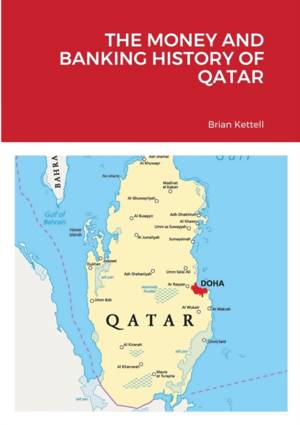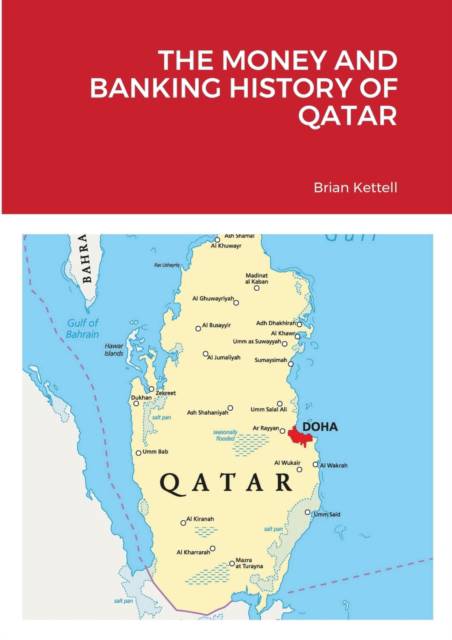
- Afhalen na 1 uur in een winkel met voorraad
- Gratis thuislevering in België vanaf € 30
- Ruim aanbod met 7 miljoen producten
- Afhalen na 1 uur in een winkel met voorraad
- Gratis thuislevering in België vanaf € 30
- Ruim aanbod met 7 miljoen producten
Zoeken
Omschrijving
In 1945 Qatar had no schools or telephones and only one doctor to serve the estimated population of around 25,000. During the 1950s and 1960s the economy grew as oil revenues poured in. By the mid-1970s Qatar had the second highest GNP per head in the world, exceeded only by Kuwait. The evolution of the monetary and banking system in Qatar enabling this transformation has not, until now, been well documented. This book chronicles the abandonment of the Gulf rupee as the official currency and the adoption of the Qatari riyal, the creation of a currency board followed by the Qatar Monetary Agency and ultimately the creation of a central bank. The text draws uniquely on statistical analysis drawn from the official archives and from the British Embassy for the time period. The author was formerly an advisor to the CEO of a branch of the Islamic Development Bank Group in Saudi Arabia and previously Chief Economist at the Central Bank of Bahrain.
Specificaties
Betrokkenen
- Auteur(s):
- Uitgeverij:
Inhoud
- Aantal bladzijden:
- 98
- Taal:
- Engels
Eigenschappen
- Productcode (EAN):
- 9781739800406
- Verschijningsdatum:
- 19/09/2021
- Uitvoering:
- Paperback
- Formaat:
- Trade paperback (VS)
- Afmetingen:
- 210 mm x 297 mm
- Gewicht:
- 254 g

Alleen bij Standaard Boekhandel
+ 94 punten op je klantenkaart van Standaard Boekhandel
Beoordelingen
We publiceren alleen reviews die voldoen aan de voorwaarden voor reviews. Bekijk onze voorwaarden voor reviews.











